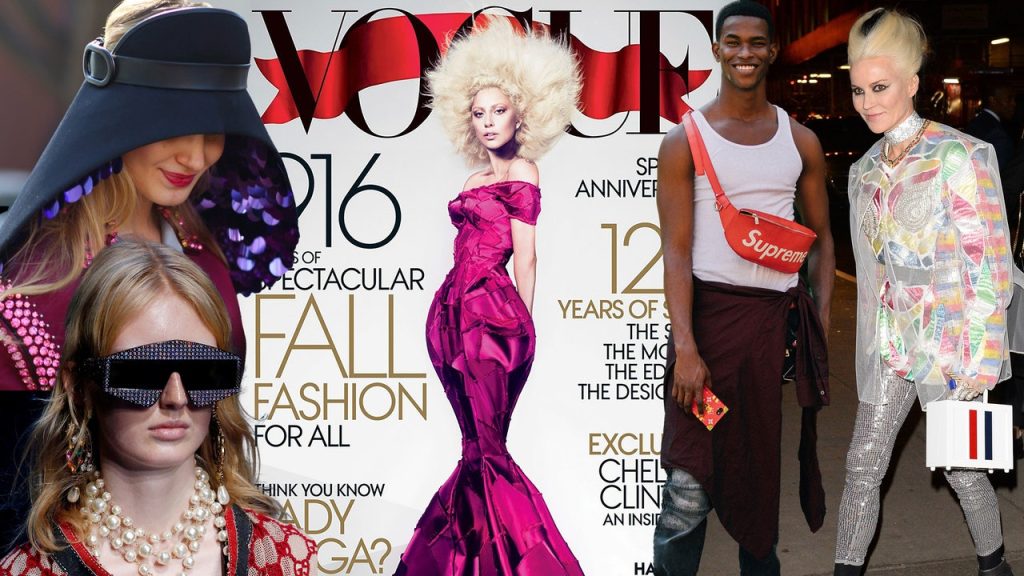The fashion world saw a rise in peacocking outside fashion shows with individuals flaunting bold and attention-grabbing outfits. The trend extended to Instagram with users sharing their looks in #OOTD posts. Alessandro Michele, the creative director of Gucci, emerged as a standout designer embodying this trend. He revitalized the brand with a unique aesthetic that combined granny-chic with elements of Wes Anderson and glam rock. Michele’s designs featured a mix of patterns and emphasized styling to create an intellectually quirky and covered-up look.
A shift in denim trends was observed in the 2010s, moving away from the popular skinny jean silhouette towards looser fits known as mom jeans. These jeans featured a baggier cut reminiscent of boyfriend jeans but were worn higher on the waist, becoming a versatile denim choice for various occasions. Additionally, dad sneakers gained popularity within the fashion scene, drawing inspiration from the nostalgic aesthetics of the 1990s. Balenciaga’s Triple S Sneakers, with their thick sole and chunky design, became a standout item, sparking a trend of “ugly shoes” and numerous imitations in the industry.
The top designers of the 2010s included a diverse range of fashion houses such as Prada, Bottega Veneta, Balenciaga, Gucci, Chanel, and many others. Each designer brought their unique aesthetic and creativity to the runway, shaping the fashion landscape of the decade. From luxury labels to avant-garde designers, the industry saw a mix of established names and emerging talents showcasing their collections at various fashion weeks around the world. The decade was characterized by a fusion of different styles, influences, and innovations that pushed the boundaries of traditional fashion norms.
Alessandro Michele’s Gucci collections from Milan Fashion Week Fall/Winter 2017 highlighted his distinct vision for the brand, incorporating eclectic elements and unconventional pairings. His designs were a reflection of his bold and fearless approach to fashion, combining vintage inspirations with modern sensibilities. Michele’s reinvention of Gucci’s house codes resulted in a fresh and dynamic aesthetic that captivated both critics and consumers alike. His emphasis on individuality and self-expression resonated with a new generation of fashion enthusiasts seeking authenticity and uniqueness in their style choices.
The emergence of designers like Alessandro Michele marked a shift towards a more eccentric and individualistic approach to fashion in the 2010s. Influenced by a mix of cultural references and personal interpretations, designers sought to challenge conventional norms and redefine traditional ideas of beauty and style. This period witnessed a resurgence of maximalism, with bold patterns, layered textures, and unconventional silhouettes dominating runways and street style alike. The fashion industry embraced diversity and inclusivity, celebrating individuality and self-expression in all its forms.
Overall, the 2010s was a decade of innovation, creativity, and change within the fashion world. Designers like Alessandro Michele pushed boundaries, redefined aesthetics, and challenged the status quo, inspiring a new era of self-expression and individualism. The rise of social media platforms like Instagram further democratized fashion, giving rise to new voices, perspectives, and trends. As the decade came to a close, the industry continued to evolve, embracing diversity, sustainability, and inclusivity as key principles shaping the future of fashion.


